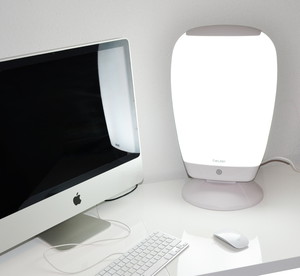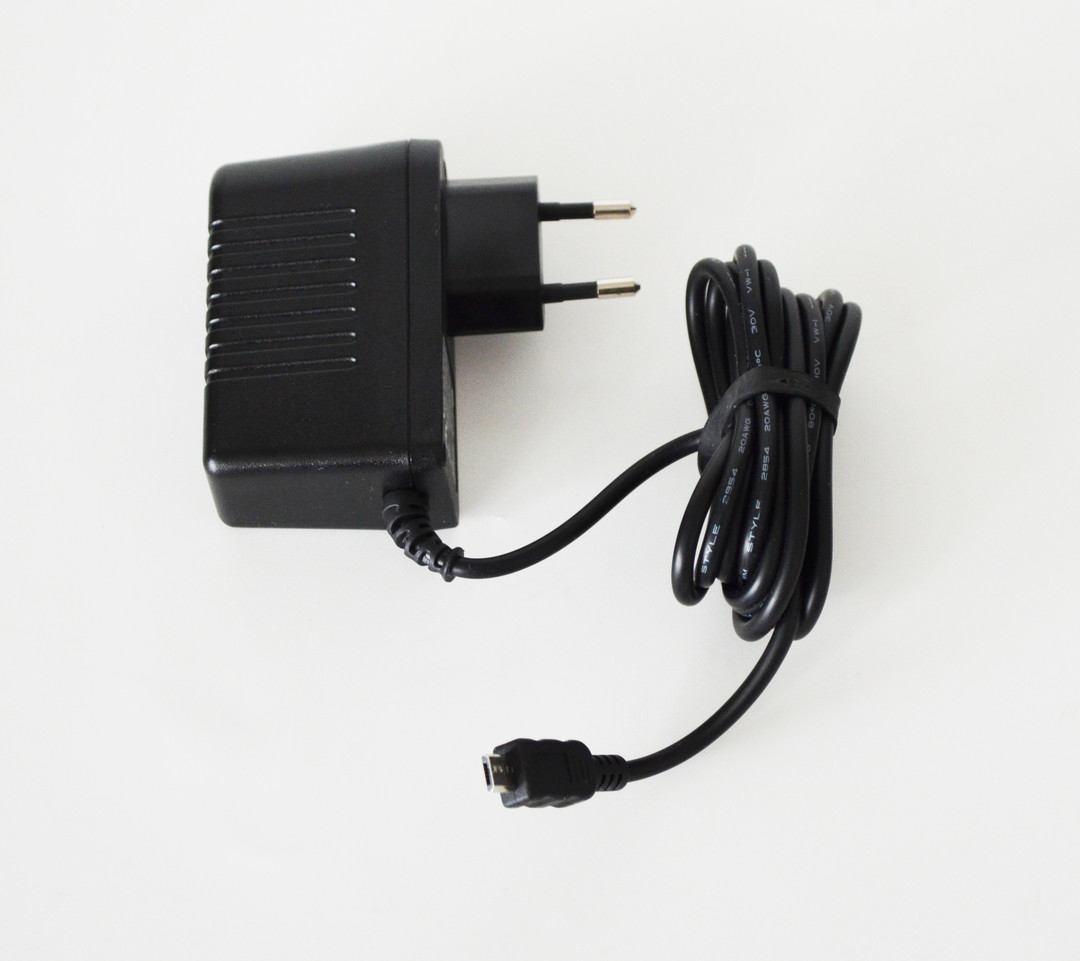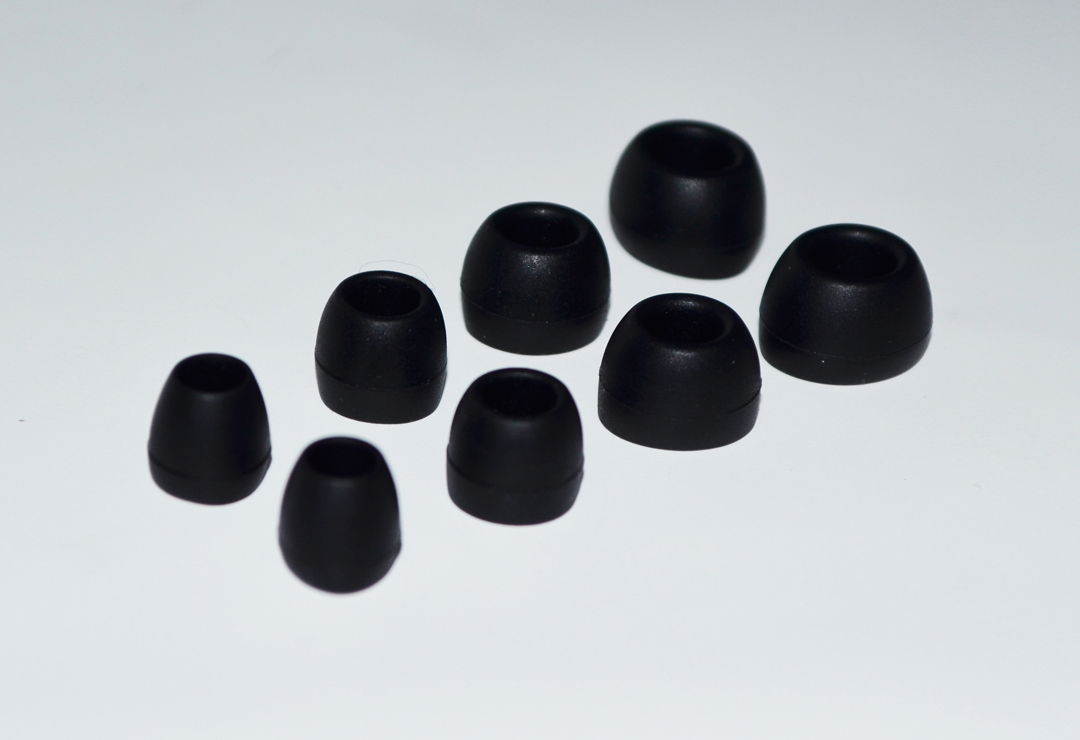People who participate in a space mission experience a sunrise or sunset every 90 minutes. Working hours under such conditions are extremely exhaustive for the body, even when the astronauts have been prepared well and are physically fit. The result appears to be chaos in the sleep rhythm and supply of natural light to the body, which demonstrably reduces efficiency and increases the risk of accidents (1).
A regular light-dark cycle of 24 hours (circadian rhythm) seems to be an immutable basis for the processes in the body. However, it's not always possible to live according to these external signals. In our day and age, we spend most of the day indoors, in offices and buildings, where only a small fraction of the outdoor light intensity can have an effect on the body. Conversely, the use of computer screens late into the evening confuses the body with strong light signals at the wrong time of day.
Researchers trying to find the solutions to sleep problems, winter depression or diseases caused by shift work aren't the only ones looking into the consequences of shifting the day / night rhythm that is so important to the body. NASA is also studying the impact of the extreme challenges astronauts are confronted with in space. Such as, for example, the researchers Dijk et al in their research contribution 'Sleep, efficiency, circadian rhythms and light-dark cycles during two space shuttle flights' (2).
The use of sleeping pills has also not proven to be a possible solution, as a study about the use of sleeping pills for space missions has shown (3).
As already discovered by research, the circadian rhythm is controlled by the suprachiasmatic nucleus (SCN) in the brain, which also affects other areas of the brain, for example those responsible for sleep and memory.
Chronobiologists are already examining the impact of different forms of light therapy and chemical interventions on the circadian rhythm. They usually work with groups of physically healthy adults, such as astronauts and athletes. The manufacturer of the innovative Valkee, first to deliver light therapy via the ear canal rather than the eyes, took part in this research, as published in Frontiers in Physiology (4).
1) Durmer JS et al, Neurocognitive consequences of sleep deprivation; Semin Neurol. 2005 Mar;25(1):117-29.
2) Dijk DJ et al, Sleep, performance, circadian rhythms, and light-dark cycles during two space shuttle flights; Am J Physiol Regul Integr Comp Physiol. 2001 Nov;281(5):R1647-64.
3) Barger L.K. et al, Prevalence of sleep deficiency and use of hypnotic drugs in astronauts before, during, and after spaceflight: an observational study; The Lancet Neurology, Volume 13, Issue 9, Pages 904 - 912, September 2014
4) Tulppo M. et al, Effects of bright light treatment on psychomotor speed in athletes; Front. Physiol., 12 May 2014
90-minute days in space
Shift workers, who have no regular rhythm of sleeping and waking and don't sufficiently expose their bodies to light during the day are aware of the consequences. Working hours in space are an extreme form of shift work, when the Sun practically rises and sets almost 16 times per day.

Published on 17.09. by
 Our circadian rhythm is closely associated with light
Our circadian rhythm is closely associated with lightMany signals of our body are based on our biological clock. This inner rhythm of ours controls the way we function during the day and explains why we wake up tired in the morning. Or why we lack the energy right after lunch and sleep best when it is dark outside.
 Light therapy
Light therapyDo rainy days or the dark winter months leave you feeling a bit
gloomy? Try using a light therapy machine to add some natural light to
your life - revitalizing and reenergizing your mood.
 Charger for Valkee light therapy device, CHF 19.00
Charger for Valkee light therapy device, CHF 19.00Charging via power outlet: For Valkee 1 & Valkee 2
- All orders until December 23 are delivered before Christmas!
- FREE DELIVERY (ECONOMY)
- Safe shopping: Payment with TWINT, credit card, Paypal or Postfinance
- Warehouse in Switzerland (Widnau SG)


 Valkee2 silicon ear plugs, CHF 14.00
Valkee2 silicon ear plugs, CHF 14.00